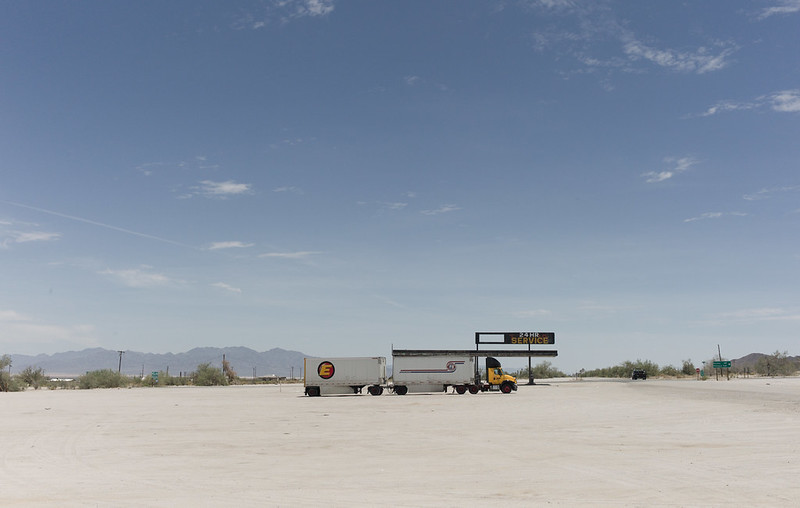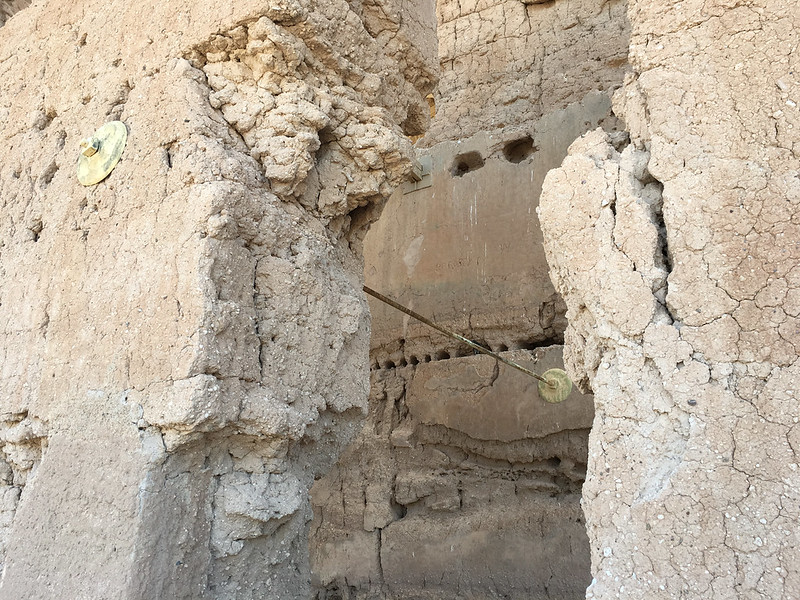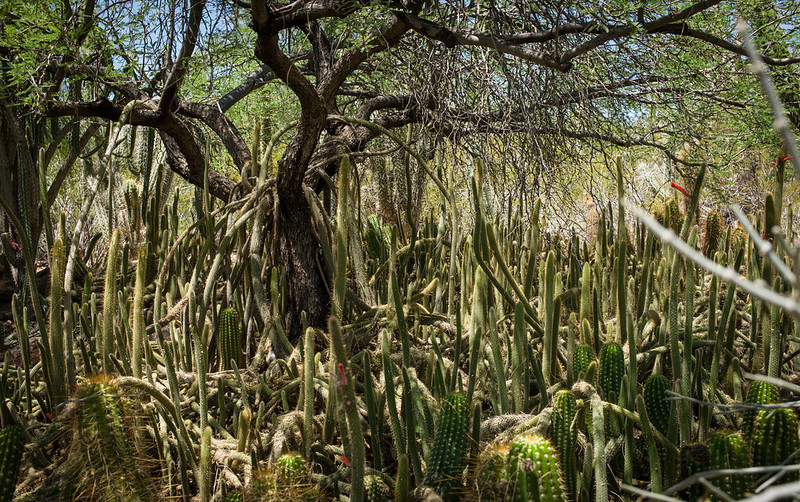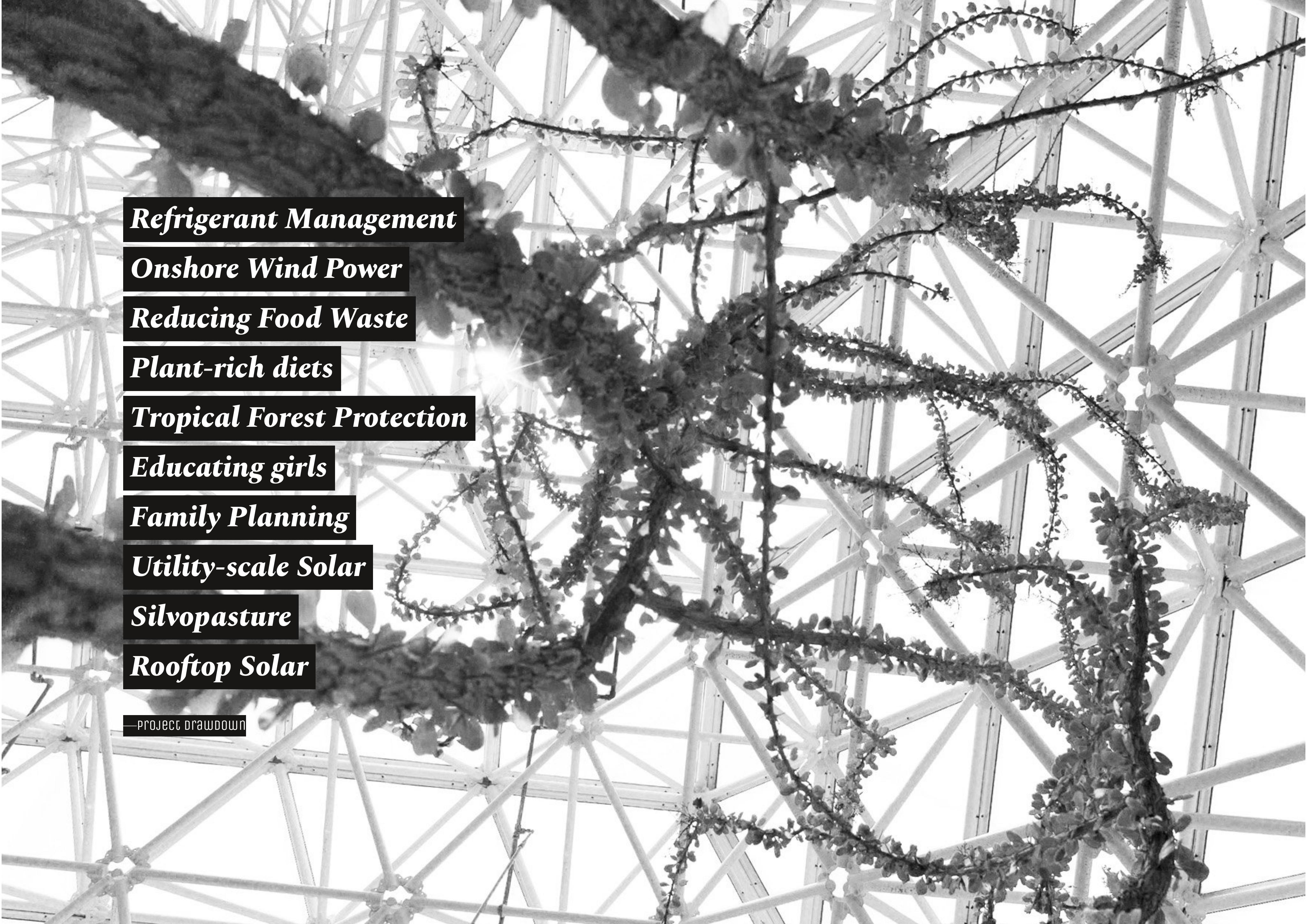Sonoran desert 020170517 to 020170527
excerpts from Dust and Shadow Field Notes #1 by Maja Kuzmanovic and Nik Gaffney
A wilderness, in contrast with those areas where man and his own works dominate the landscape, is hereby recognized as an area where the earth and its community of life are untrammeled by man, where man himself is a visitor who does not remain. An area of wilderness is further defined to mean in this Act an area of undeveloped Federal land retaining its primeval character and influence, without permanent improvements or human habitation, which is protected and managed so as to preserve its natural conditions and which (1) generally appears to have been affected primarily by the forces of nature, with the imprint of man’s work substantially unnoticeable; (2) has outstanding opportunities for solitude or a primitive and unconfined type of recreation; (3) has at least five thousand acres of land or is of sufficient size as to make practicable its preservation and use in an unimpaired condition; and (4) may also contain ecological, geological, or other features of scientific, educational, scenic, or historical value. The Wilderness Act, 1964
Sonoran desert. A place of desiccated time, layered time, geological, vegetal, human time. Time kneads the Earth’s crust into deep folds, cracks and canyons. Plants lay dormant through cycles of drought or grow slowly for centuries, bursting into blossom after the first rains. Humans come and go. Blown through the ages like tumbleweeds. Things don’t really decay here. They shrivel, dry up or slowly rust, yet remain present, as they gradually erode into dust. A thick, dusty atmosphere of things that were, things that are and things that might be. Densities and intensities coagulating on a larger than human scale, illuminated by stark light or lurking in the deep shadow.
There is enough here to sustain, but no lush overabundance of life. Much like the dark night of the soul, the desert gives little comfort, almost nothing. There is a scarcity which just barely supports life. This almost nothing is also just enough, a desert which will sustain and transform life upon it. Ron Broglio, Abandonment
The dust from the big “beyond” blows across the streets on the hot wind. It covers all surfaces, forms a thin crust and penetrates everything. A reminder that the heart of darkness is our neighbour. Hidden beneath otherworldly rocks. A vast expanse with “outstanding opportunities for solitude” protected by the Wilderness Act and it’s own indifference. A vastness that remains incomprehensible despite the many attempts to focus and frame it, from early Hohokam sites to contemporary land art.
Vast is the kingdom of dust! Unlike terrestrial kingdoms, it knows no limits. No ocean marks its boundaries. No mountains hem it in. No parallels of latitude and longitude define its boundless areas, nor can the farthermost stars in the infinitudes of space serve other than as a twinkling outpost of a realm as vast as the universe itself. J. Gordon Ogden, The Kingdom of Dust

We need (to become) human receptors and listening devices. Practicing the craft of silence. Heterogeneous hearing. Tuning to the world. There are others here listening too. An incomprehensible historical grammar of rock formations. Alien plant morphologies with antennae into parallel presents or alternate futures. The rustle of slithering reptiles, the buzz of invisible insects and thick webs woven by secretive arachnids. We do not attempt to understand or interpret.
I dream of a hard and brutal mysticism in which the self merges with a non-human world and yet somehow survives still intact, individual, separate. Paradox and bedrock. Edward Abbey, Desert Solitaire

Instruments that made good travelling companions - those that were small, light and versatile - were favoured, like the portable barometer that could be fitted onto the head of Humboldt's walking stick. (…) Humboldt's instruments not only extended his senses, heightening his perceptual faculties and submitting sensory phenomena to mathematical scaling; they were embodiments of his relations with others and his place in the natural and social world. (…) The well-tempered instrument, like a reliable but spontaneous human, oscillated within a specific range of values, passive in receiving, active in transmitting its phenomena. John Tresch, Romantic Machine
The world speaks to us in material forces.
Thalience is an attempt to give the physical world itself a voice so that rather than us asking what reality is, reality itself can tell us. It is the discipline that chooses among multiple successful scientific models based on which ones best satisfy our human, aesthetic/moral/personal needs. In other words, given two or more equally valid models of the universe, thalience is the art of choosing the one with the most human face. It is the recovery of the natural in our understanding of the Natural. (…) thalience would use objective truth as an artistic medium and merge subjectivity and objectivity in a creative activity whose purpose is the re-sanctification of the natural world. To believe in an uplifting and satisfying vision of your place in the universe, and to know that this vision is true (or as true as anything can be) would be sublime. Thalience would be an activity worthy of post-scientific humanity, or our own biological or post-biological successors. Karl Schroeder, Thalience
How other kinds of beings see us matters. That other kinds of beings see us changes things. If jaguars also represent us—in ways that can matter vitally to us—then anthropology cannot limit itself just to exploring how people from different societies might happen to represent them as doing so. Such encounters with other kinds of beings force us to recognize the fact that seeing, representing, and perhaps knowing, even thinking, are not exclusively human affairs. Eduardo Kohn, How Forests Think

Biosemiotics came into being as various scientists and scholars in both semiotics and the life sciences realised that information and communication systems involving living beings could not be understood simply in terms either of mathematics and engineering, or in terms of signals alone. Information is only fully meaningful when it is capable of in-form-ing, or changing the form of, something – whether shape, development, behaviour or idea. Signals imply something mechanical (for example, that this chemical or word always automatically causes this response). However, as became clear to many molecular biologists, ecologists and biological developmental systems scientists, let alone to people working in the fields associated with human communication, representation and interpretation (from anthropology to psychology to sociology, literature and the arts), neither cells, nor bodies, nor ecologies nor poems consist of or call for automatic responses. Although much semiosis settles into habit (meanings can’t work without some stability and capacity for repetition; communication depends upon it), meanings are the result of a process of discovery and interpretation. Life is process, and all organisms must be capable of change in response to changing conditions.Wendy Wheeler, In other Tongues
We sought out the consequences of misplaced experimentation. Of experiments out of place. Of human intervention into habitats generally inhospitable to humans. “There were people here and now they are not”. The Hohokam tribe populated the Sonoran desert for centuries, then disappeared. The name Hohokam itself translates to “All used up” or “those who are gone”. A human civilisation with an expiration date. A déjà vu? A signal? Phoenix becomes a Hohokam perpetuation holding onto the promise of permanence. Has Phoenix risen from its ashes, transformed?
The dead are way more organized than the living.China Miéville, Un Lun Dun

We drive past dreams of free settlements crumbling in the unrelenting dryness and heat. Ghost towns, haunted utopias, evaporated opportunities. Human dwellings abandoned and desiccated. A scattering of burned cars, shot-up rusty cans. Guns and God. Forgiven, yet not absolved. Desert center, Amboy, Eagle mountain mine. Waste. Waste of space. Waste and space. It seems easier to abandon than maintain here. Engineering mistakes leading to inadvertent ecological transformations. The accidental, yet complete drainage of the Colorado River in a series of mishaps that produced the now semi-living Salton Sea. First Solar’s energy farm and inadvertent soil erosion machine. The arid confluence of Joshua Tree National Park where the Mojave and Colorado deserts meet. Why even attempt to build cities in the desert? As Becket echoes “Try again, fail again, fail better.”
Every voice cries out in the desert, like the voice of the prophet. And it’s in the desert of deserted existence, prey both to lack and to absence, that voice first makes itself heard.Jean-Luc Nancy, Vox Clamans in Deserto
We are witness to grand visions refusing to fade from matter to memory. Domed structures barely holding onto existence. Failed utopias hovering in some zombie half-life; Biosphere 2, Arcosanti, repeating groups of eight. Half dust. Half baked. What would a banishing ritual for these haunted utopias look like? Could they be transformed, or should they be reused and recycled, like planes in the boneyard?
Were it not for shadows, there would be no beauty.Jun'ichirō Tanizaki. In Praise of Shadows (陰翳礼讃)
Darkness. Before the darkness there was nothing but nothingness, and the nothingness was without color. Nothing was in the nothingness. (…) The boundlessness of space nurtured a dark new humanity in its dark embrace. (…) The universe had once been bright, too. For a short time after the big bang, all matter existed in the form of light, and only after the universe turned to burnt ash did heavier elements precipitate out of the darkness and form planets and life. Darkness was the mother of life and of civilization. Cixin Liu, The Dark Forest
Darkness mysticism is not only figuratively but historically the dark underside of mystical thought. Even at the apotheosis of divine communion, darkness mysticism retains the language of shadows and nothingness, as if the positive union with the divine is of less importance than the realization of the absolute limits of the human. Darkness mysticism is “mystical” not because it says yes to the therapeutic, anthropocentric embrace of God, but because it says no to the recuperative habits of human beings to always see the world as a world-for-us. Eugene Thacker, In the dust of this planet

What doesn't transmit light creates its own darkness. Marcus Aurelius, Meditations
Our language could liquefy, become unstuck, mutate on occasion, from ceremonial to the everyday. Communicate to connect rather than dissect.
…brushing against, licking or irradiating are also access modes as valid (or as invalid) as thinking. Timothy Morton, Humankind
To engage with animism necessarily involves being provoked to think more carefully about what it means to be a person. [T]he understanding that persons always live in relation with others and, in animist communities, are regularly encouraged to act respectfully — especially towards those one intends to eat. That is, this animism is always local and specific. It might not be at all romantic, transcendent or esoteric, but might instead be quite practical or pragmatic as people negotiate everyday needs. Graham Harvey, The Handbook of Contemporary Animism
[n]obody has ever been animist because one is never animist “in general,” always in the terms of an assemblage that produces or enhances metamorphic (magic) transformation in our capacity to affect and be affected – that is also to feel, think, and imagine. Animism may, however, be a name for reclaiming these assemblages because it lures us into feeling that their efficacy is not ours to claim. Against the insistent poisoned passion of dismembering and demystifying, it affirms what it is they all require in order not to devour us – that we are not alone in the world. Isabelle Stengers, Reclaiming Animism

From myth making to re-animating myths and re-activating inert (geological or architectural) markers. Geomancy. Material wonder. Walking. From shinto to shamanism (and back again). In sacred refugia and wild sanctuaries. Vaporous thoughts condensed into propositions, commonplaces and fieldguides. ∆[∆] …until all our material traces erode and conjoin with countless dust particles in the ever expanding desert.
In the same way the garden remains the garden designed 500 years ago by a poet-architect, even though every plant follows the course of the seasons, rains, frosts, wind; similarly the lines of a poem are handed down over time while the paper of the pages on which the lines are systematically written disappears into dust. Italo Calvino, The Wooden Temple
Dust and Shadow Reader Vol. 1. Next: awareness exercise
References: bibliography

